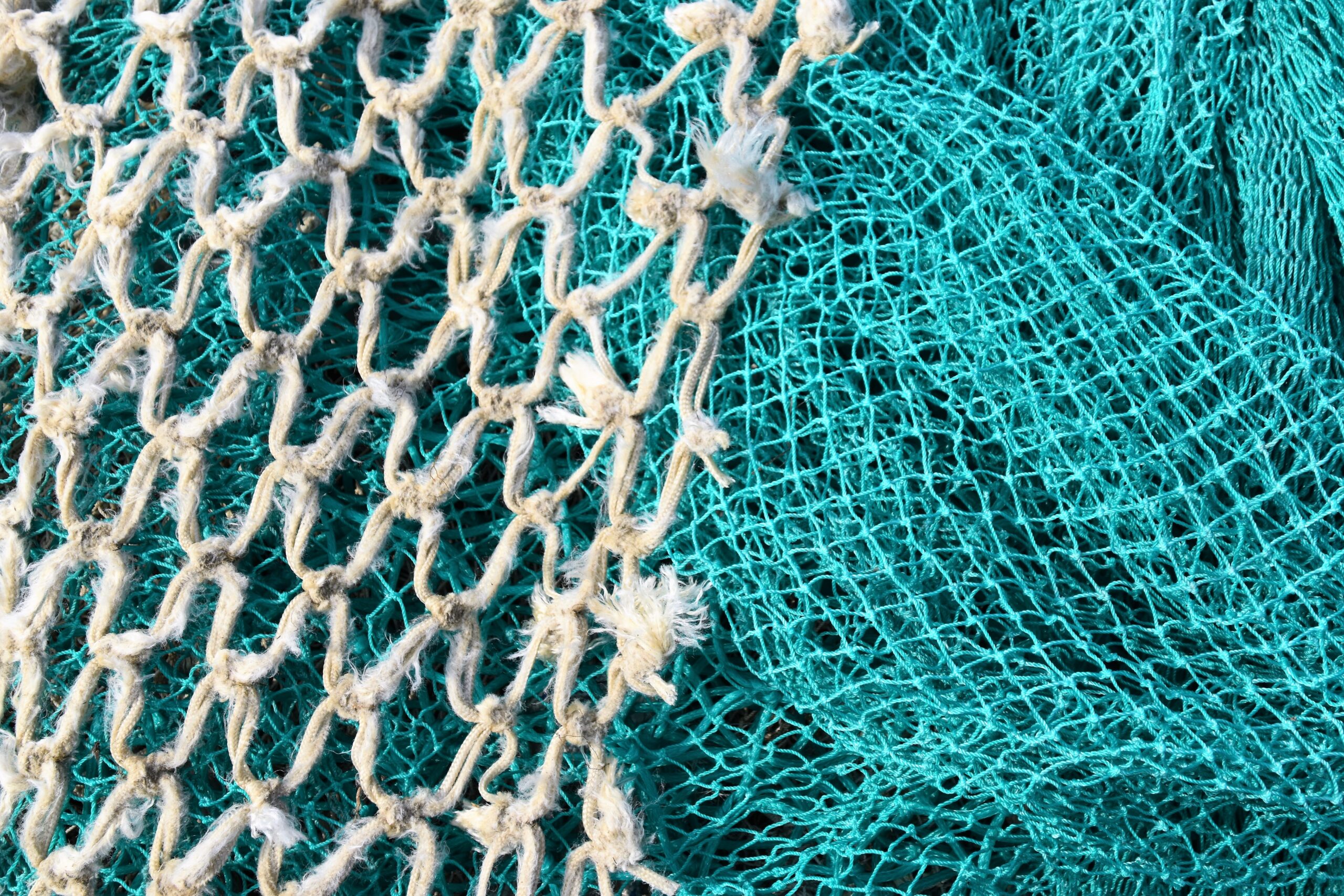What is it?
Aquafil, an Italian plastics company, owns the Econyl trademark, which has created a variety of other textiles and industrial plastics, but it is best known for inventing the Econyl fabric. Econyl’s creators sought to develop a non-harmful alternative to nylon.
Econyl is a nylon substitute made from waste products. Nylon has a significant environmental impact, which led the creators of Econyl to help reduce the environmental impact of this fabric by using recycled materials.
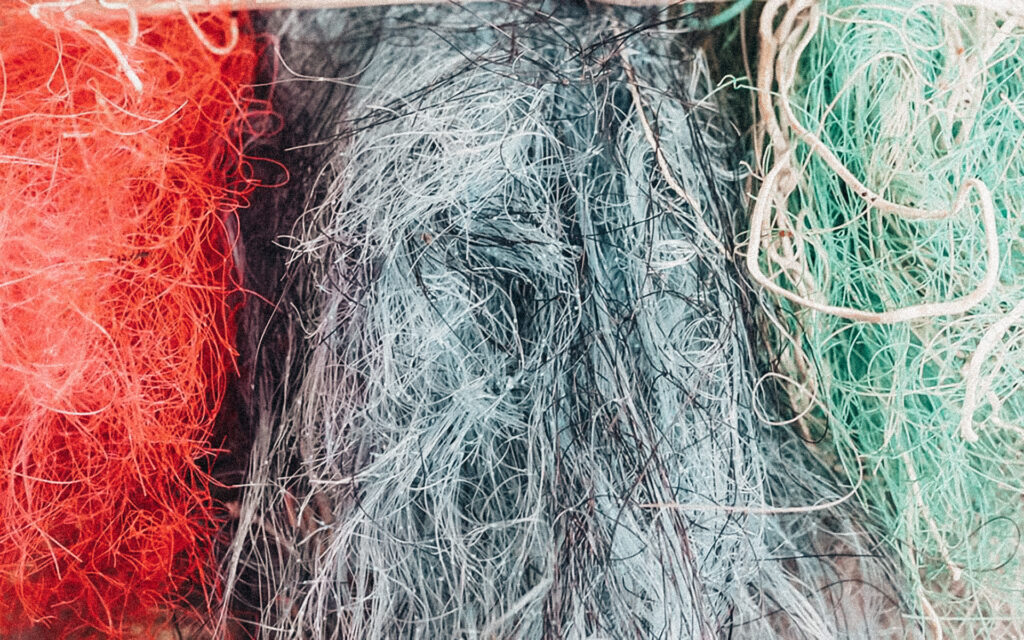
Five brands are using Econyl Fabrics:
- Garmont: the Econyl yarn uppers are breathable, keeping the foot cool and dry even during high-intensity activities.
- C’est la V: committed to ethical and sustainable fashion, C’est la V made part of their tailored collection in Econyl.
- Burberry: Launched a new capsule collection crafted with Econyl yarn.
- Aoife: Use Econyl regenerated nylon and biodegradable plant-based fabrics.
- Adidas: Chosen to produce eco-friendly swimsuits for athletes looking for ways to reduce the impact on the planet.
The use of ECONYL® nylon represents a sustainable solution in the creation of some Garmont® products as it allows to reduce the use of new resources and the environmental impact.
Garmont
Nylon waste discarded by consumers ends up in the ocean; hence this non-biodegradable nylon waste harms sea turtles, dolphins, and other sea creatures. Moreover, nylon waste gradually accumulates to form plastic islands that grow year after year. Aquafil began investigating the possibility of producing an environmentally sustainable alternative to nylon using aquatic nylon waste material in 2010, and production of this new textile fiber began in late 2011.
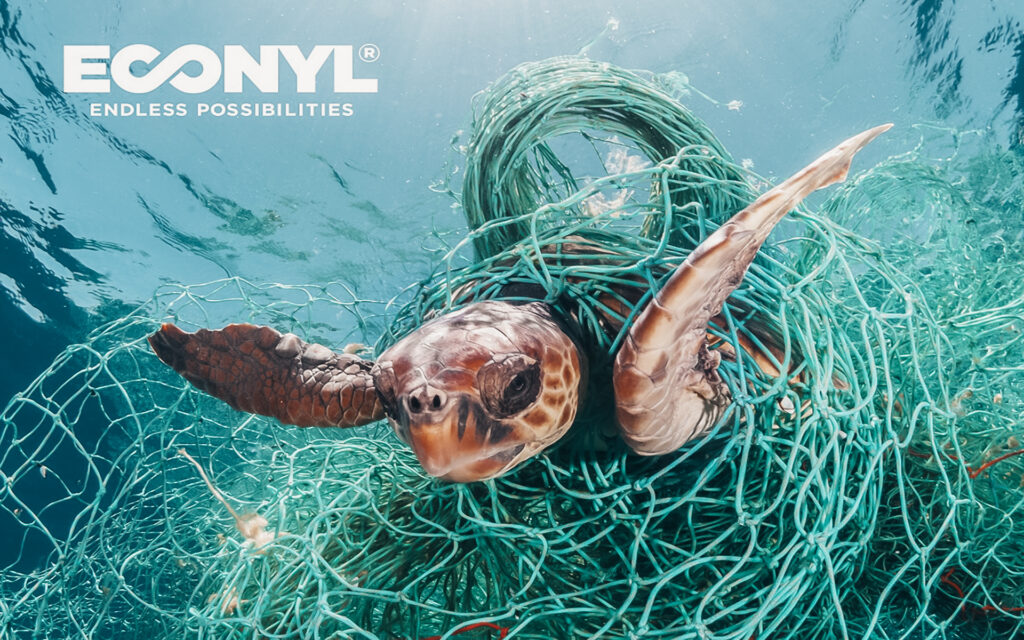
Ghost Nets
The Ocean Cleanup Foundation collaborated with researchers from:
- New Zealand
- United States
- Britain
- France
- Germany
- Denmark
They led the study on Great Pacific Garbage Patch, published in the Journal Scientific Reports. According to this study, trash within the patch appears to accumulate, and its levels are increasing exponentially. This increase is reported to be approximately 4 to 16 times larger than expected. A jaw-dropping discovery of 46% of the material floating is fishing nets or “ghost nets,” hence more plastic and ghost nets are sinking, causing damage to the seafloor.
Three hundred seventy-five tons of fishing nets, recovered by the Healthy Seas initiative over four years, were used to create Econyl regenerated nylon for new textiles. Aquafil’s regeneration process enabled the company to produce nylon yarn for fabrics from waste rather than crude oil. As a result, Aquafil discovered that fishing nets were also made of nylon and launched the Healthy Seas initiative in 2013. After divers from the Healthy Seas initiative recover these discarded nets, they transport them to a safe harbor. These discarded nets are collected and transported to Aquafil’s plant in Slovenia. Combined with other discarded nylon, Econyl yarn is created for textiles.
What other waste is generated during the process?
- Antique carpets
- Textile scraps
- Components made of plastic
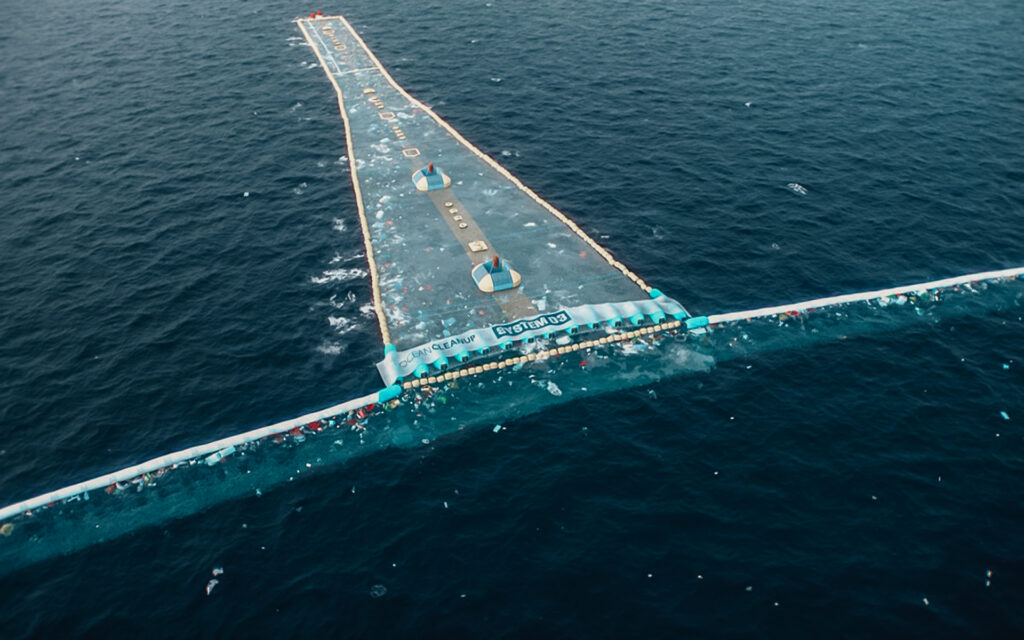
How is Econyl Fabric made?
There are eight steps to this process:
- Depolymerization:
- Rendering
- Extrusion
- Loading
- Stretching
- Drawing
- Spinning
- Weaving
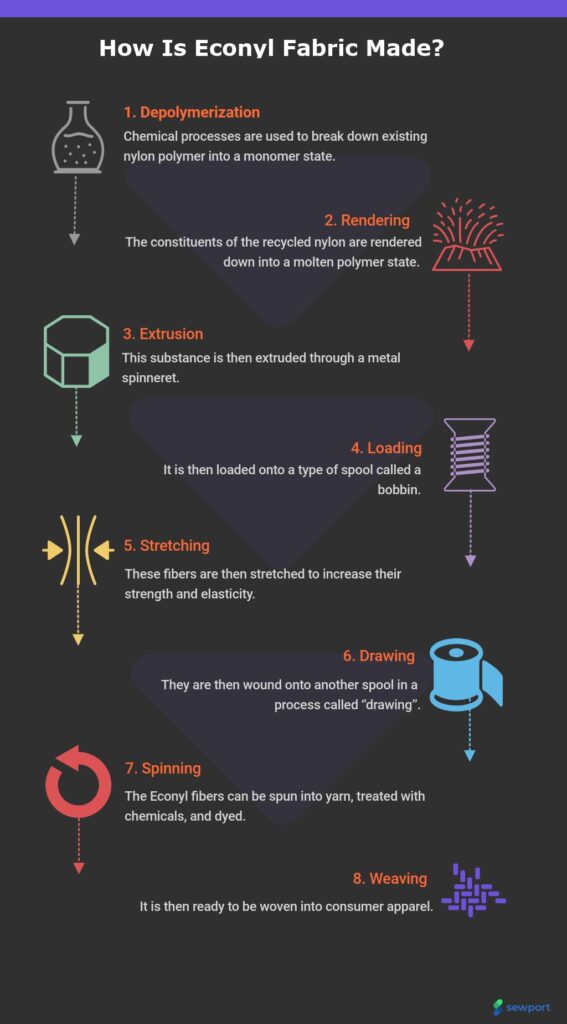
Aquafil has not revealed the exact processes it employs to manufacture Econyl. Because this process does not involve the production of nylon polymer, there is no need for fossil fuel base materials. The process involves recycled nylon constituents rendered into a molten polymer, extruded through spinnerets, drawn, and loaded onto bobbins. The Econyl fiber is spun into yarn, chemically treated, and dyed.
Where is Econyl Fabric produced?
Aquafil has not revealed where it currently manufactures the fabric. However, one of Aquafil’s facilities is specifically used to produce Econyl. This company’s Econyl Plant in Ljubljana, Slovenia, opened in 2011, and while current data are not available, it’s safe to assume that Aquafil continues to produce the fabric at this facility. Aquafil also has facilities in Thailand’s Rayong, Italy’s Varallo Pombia, Georgia’s Cartersville, and China’s Jiaxing.
How much does it cost?
Pricing information is not available. This material is ordered in bulk; pricing determination is difficult.
Aquafil CEO Guilio Bonazzi stated,
Cost is a very important part. I believe that being sustainable is not only a nice thing to do, or about making the working environment satisfactory for our workers…the first rule in being sustainable is being profitable, because if you are not profitable as a company, sooner or later you go out of business, and yes, you aren’t damaging the environment – but also you don’t exist anymore.
CEO Guilio Bonazzi


